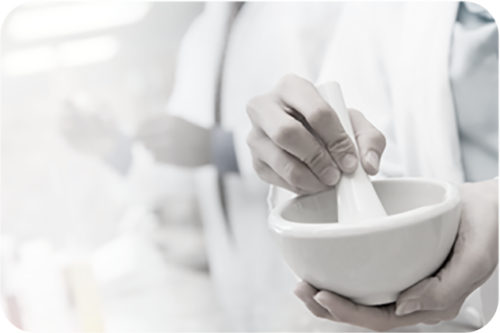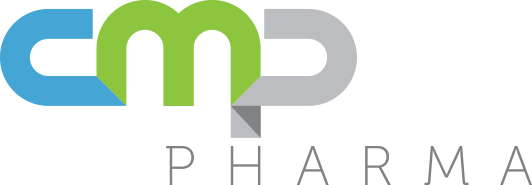Patients who have difficulty swallowing are often given crushed/compounded versions formulations of the prescriptions. However, crushed/compounded formulations can exhibit a wide variation in potency due to non-uniformity of compounded materials. These dosing inconsistencies of compounded suspensions have long been a persistent challenge for pharmacists and patients. Crushed/compounded formulations are not tested for safety or efficacy. In a 2006 survey, the FDA found that 12 of the 36 compounded products surveyed failed quality testing, with potency ranging from 68% up to 268% of the labeled dosage. The Centers for Disease Control and Prevention investigators found in 2007 that compounded drugs have a higher risk of contamination than commercially manufactured drugs, and compounding pharmacies have “generally lower quality-control standards than pharmaceutical manufacturers”.
 Increasing Scrutiny From the FDA
Increasing Scrutiny From the FDA
Crushed/compounded formulations have come under increasing scrutiny from the FDA due to fatalities related to contamination. The agency has recently released stricter guidance regarding crushing/compounding, recommending against using crushed/compounded products considered “essentially copies of a commercially available drug product” without permission, especially if an FDA-approved alternative exists.
Spironolactone is NIOSH listed
Spironolactone is an aldosterone antagonist used as a potassium-sparing diuretic for patients who suffer from: chronic heart failure, edema caused by heart or liver failure, and/or hypertension.
Spironolactone is on the NIOSH List of Hazardous Drugs in Healthcare Settings, it is subject to USP-800 when crushed or compounded.
Crushing or compounding spironolactone tablets require special safety protocols, including double chemotherapy gloves, protective gowns, ventilated engineering control when compounding, and eye/face/respiratory protection (if not crushed/compounded in a control device). Failure to follow these protocols could result in a failed inspection or worse.
The NIOSH List Of Hazardous Drugs
The National Institute of Occupational Safety and Health (NIOSH)’s List of Hazardous Drugs in Healthcare Settings recommends extra precautions and PPE when crushing certain medications. Crushing/compounding tablets or capsules of medications found on the hazardous drug list triggers the need to follow safe guidelines for handling. Healthcare workers could be exposed to harmful conditions when crushing hazardous medicines without following these guidelines.
USP-800
The upcoming USP-800 will have significant impacts on crushing/compounding regulations. USP-800 provides standards for safe handling of hazardous drugs to minimize the risk of exposure to healthcare personnel, patients and the environment.
USP-800 applies to all healthcare personnel who receive, prepare, administer, transport or otherwise come in contact with hazardous drugs and all the environments in which they are handled. Many drugs that are crushed/compounded are fall under these regulations.
FDA-Approved Liquid Alternatives
FDA-Approved liquid oral suspensions, such as those from CMP Pharma, provide the best care and are safe alternatives to crushing/compounding for both patients and healthcare workers. Before crushing another tablet, do the research to determine if an FDA-approved liquid alternative exists.
FOOTNOTES 1: Kindy K, Sun L, Crites A. Compounding pharmacies have been linked to deaths, illnesses for years. Washington Post. February 7, 2013. FOOTNOTE 2: Gudeman, Jennifer, Michael Jozwiakowski, John Chollet, and Michael Randell. “Potential Risks of Pharmacy Compounding.” Drugs in R&D 13, no. 1 (2013): 1-8. doi:10.1007/s40268-013-0005-9.
